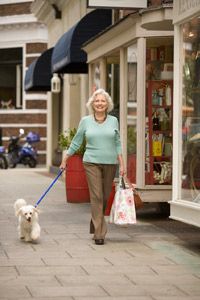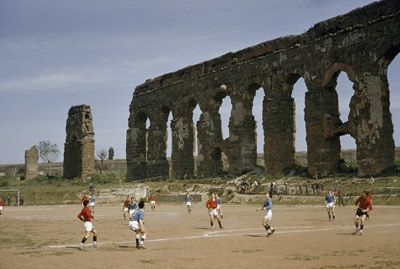How often do you walk around your neighborhood, walk to school or run errands on foot? If you're like many people, your walking shoes are cooling their heels. The number of adults in the United States who walk every day declined by 40 percent between 1977 and 1995, while short car trips that are less than a mile (1.6 kilometers) are increasingly common [source: Slater]. Yes, we're hopping in our cars to travel less than one mile, which is about 2,000 footsteps (out of the 10,000 recommended steps per day) [source: The Walking Site].
Advertisement
Walking can cut both your weight and your carbon footprint. One study suggests if Americans traded their cars for their feet for just 30 minutes every day, they'd collectively burn 10.5 billion calories. Overall, the United States would save 6.5 billion gallons (24 billion liters) of gasoline and cut its carbon dioxide emissions by 64 million tons (58 million metric tons) [source: CNN].
Parking your car in favor of walking is partly personal choice -- cars are convenient. But it also has a lot to do with how easy it is to walk around your city or town. If a neighborhood is pedestrian-friendly and includes sidewalks, the people who live in it are 65 percent more likely to walk [source: Complete the Streets]. The walkability of a neighborhood describes how easy it is to walk around that neighborhood. Are there sidewalks? Is there heavy traffic? What is the crime rate?
Walkability is also part of a growing movement called New Urbanism, which emphasizes not only neighborhood walkability but mixed-use developments, smart transportation and a good quality of life. All the places in your community that are in easy walking distance from your location (home, school, office or wherever you consider your home base to be) is your walkshed. A walkshed usually extends less than one mile from your home base, and the more places there are for you to walk to, the better. A well-stocked walkshed includes a variety of things, from parks and other public spaces to retail stores, restaurants, libraries and other services.
How do you know how good your walkshed is? Aside from giving it a test walk, the walkability of a neighborhood can be rated with a walk score and ranked by a Web site called Walk Score. Let's find out how Walk Score works, next.
Advertisement



